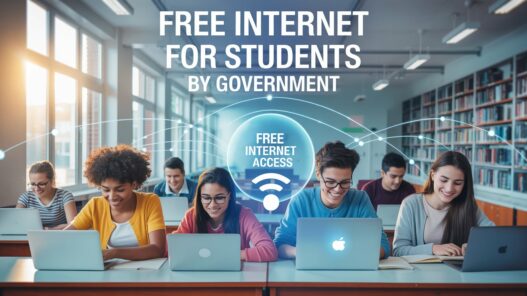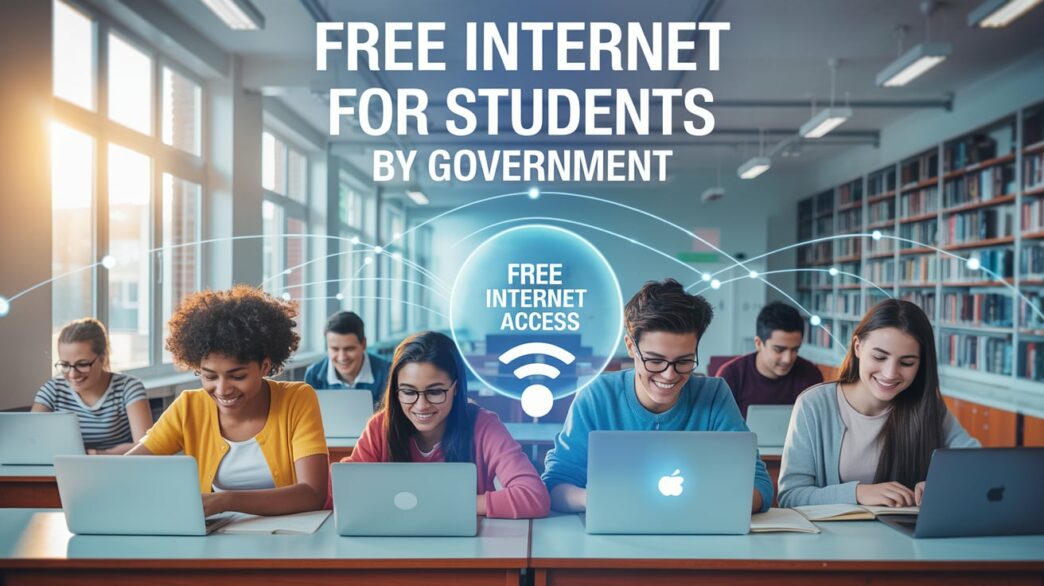Are you looking for Free Internet for Students by Government If Yes, You have stumbled at the right place.
Click here to find the latest Free Internet for Students by Government


Are you looking for Free Internet for Students by Government If Yes, You have stumbled at the right place.
Click here to find the latest Free Internet for Students by Government